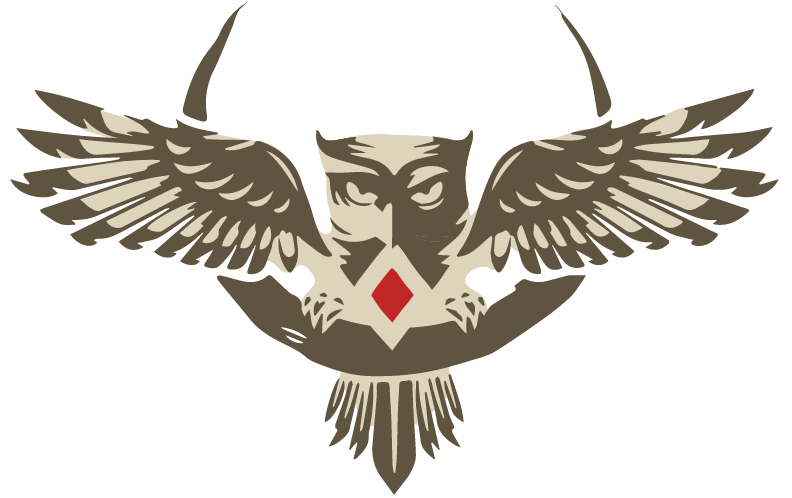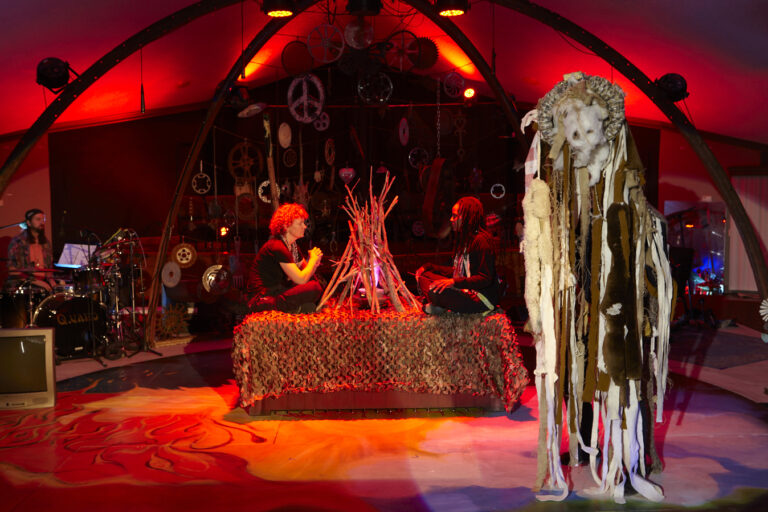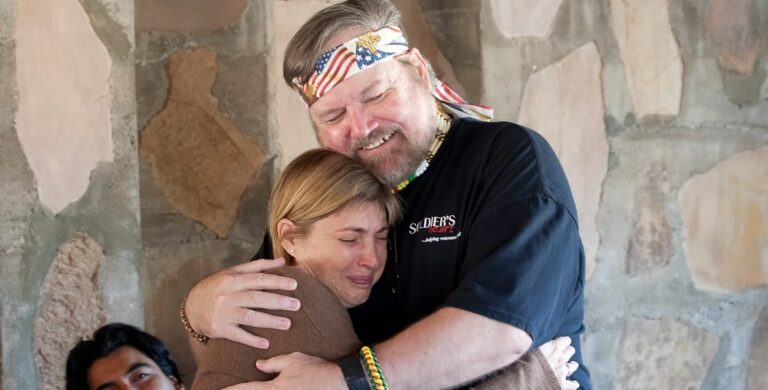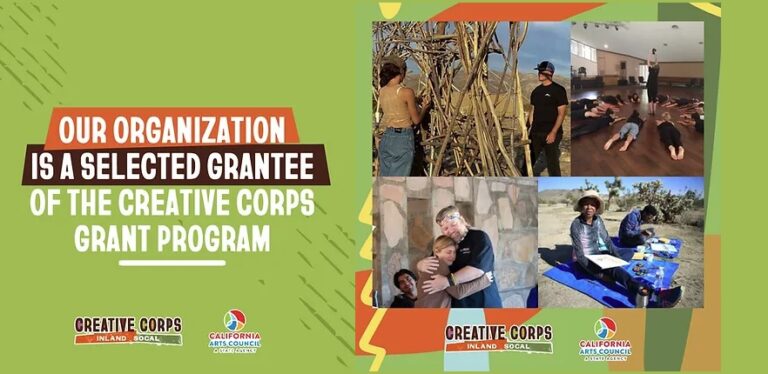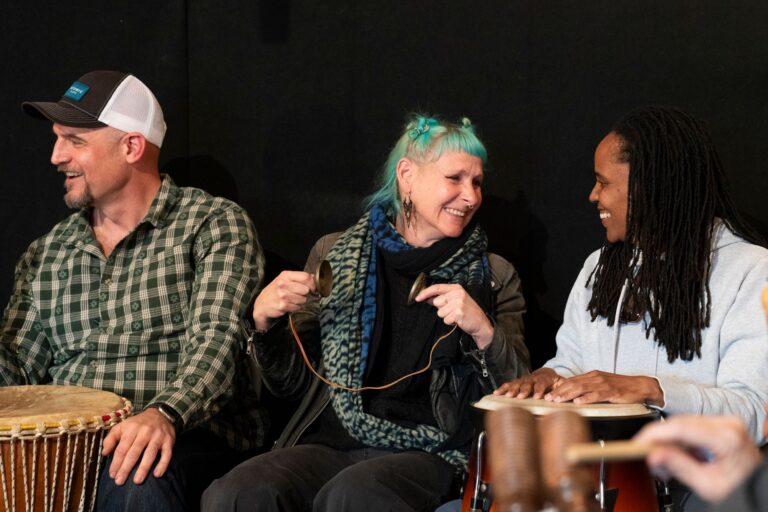Useful Tips for Running a Smooth Veterans Retreat
Reading time 3 minutes
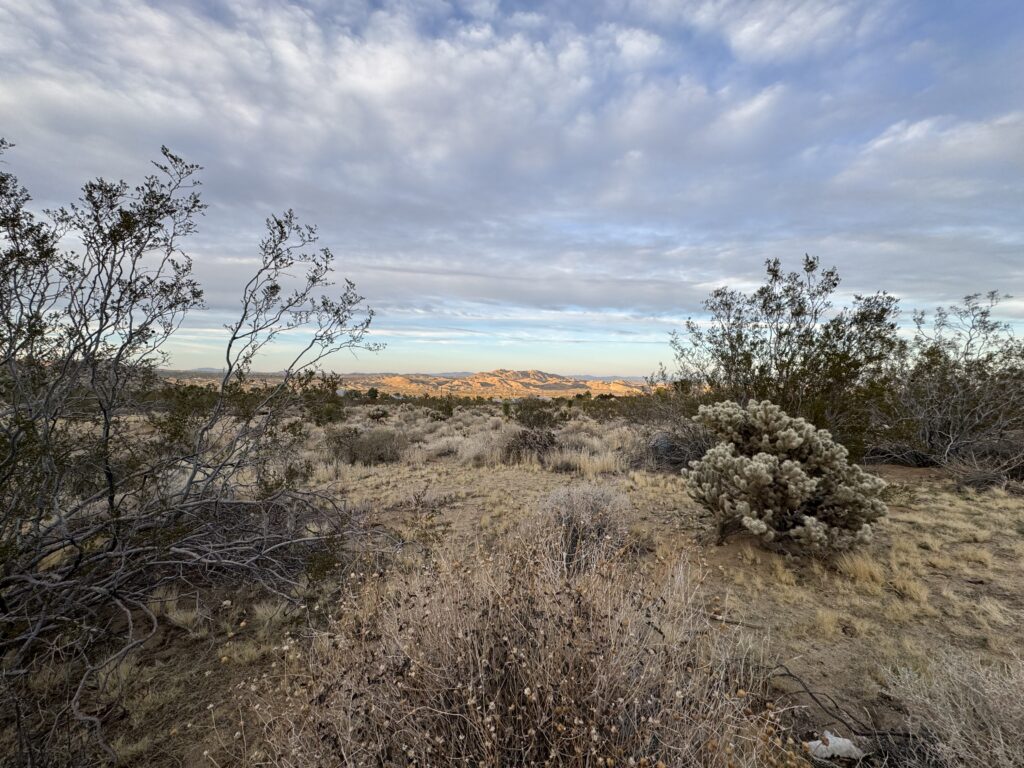
The veteran’s retreat, entitled Weaving Our Stories: The Path Home, was the first public-facing event of our multifaceted program, setting the stage for meaningful interactions and creative exploration between veterans and the creative team.
The retreat occurred over three days, and was held at a small retreat center located in Joshua Tree, California.
Key Components of the Retreat
Personal Storytelling
Participants were invited to draw from their life experiences and imaginations to share their own stories.
The goal was to hear, see, feel, and embrace the shared and individual journeys of each participant, recognizing their stories as integral to the community and part of a larger community tapestry.
Led by Culture Bearers
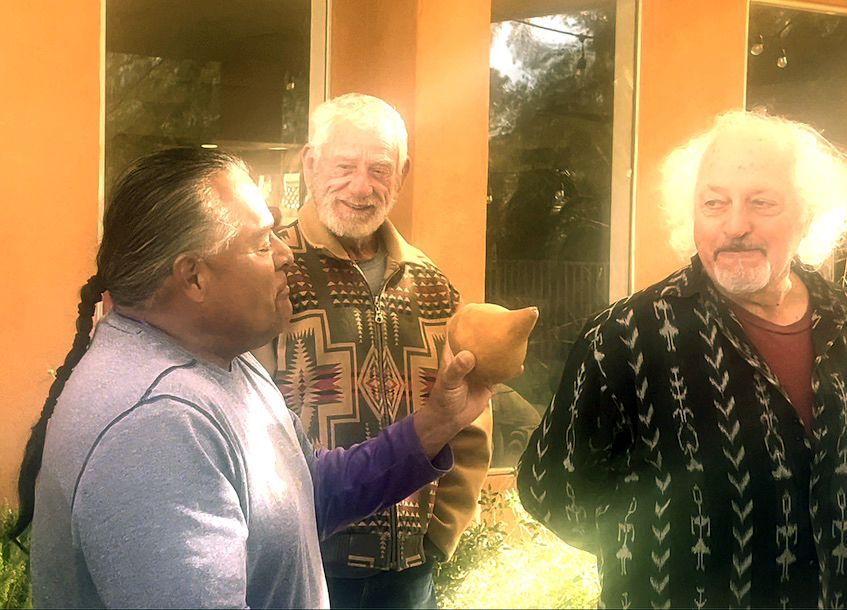
Our retreat facilitators, Miguel Rivera, Ben Dennis, Kim Marcus, and Delores “Lola” Mondragón, brought a wealth of experience and cultural depth to our program. (See chapter 3, Recruiting The Culture Bearer Team.)
Collaborative Creative Environment
Culture bearers played an active role in creating a space where veterans could share their stories and experiences. This collaborative environment was key to pulling enough material from the discussions for the script development.
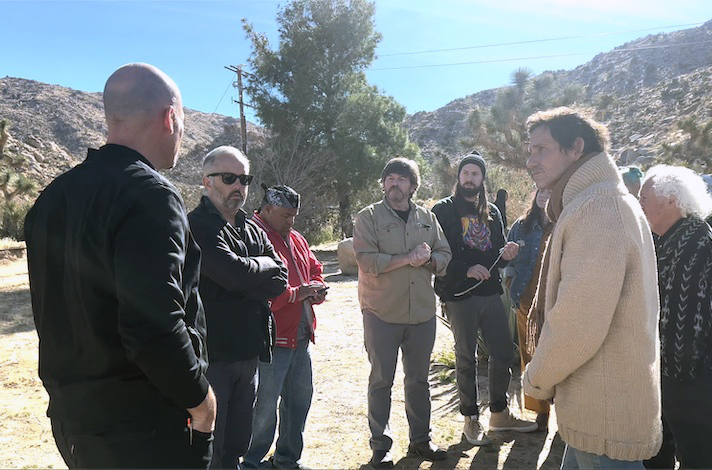
Parsing a new story: Throughout the retreat, the creative team observed and gathered material for the performance. Participants wrote anonymous “offerings,” expressing their thoughts, breakthroughs, hopes, wishes, regrets, and secrets. This input shaped the script for the performance.
New ideas emerge from new understanding: One of the key learnings from the retreat was the idea of transmuting trauma. To overcome trauma, it needs to turned into something beautiful. This was a central theme that shaped the play and the rest of the program activities. From this understanding, the concept of a community tapestry was born.
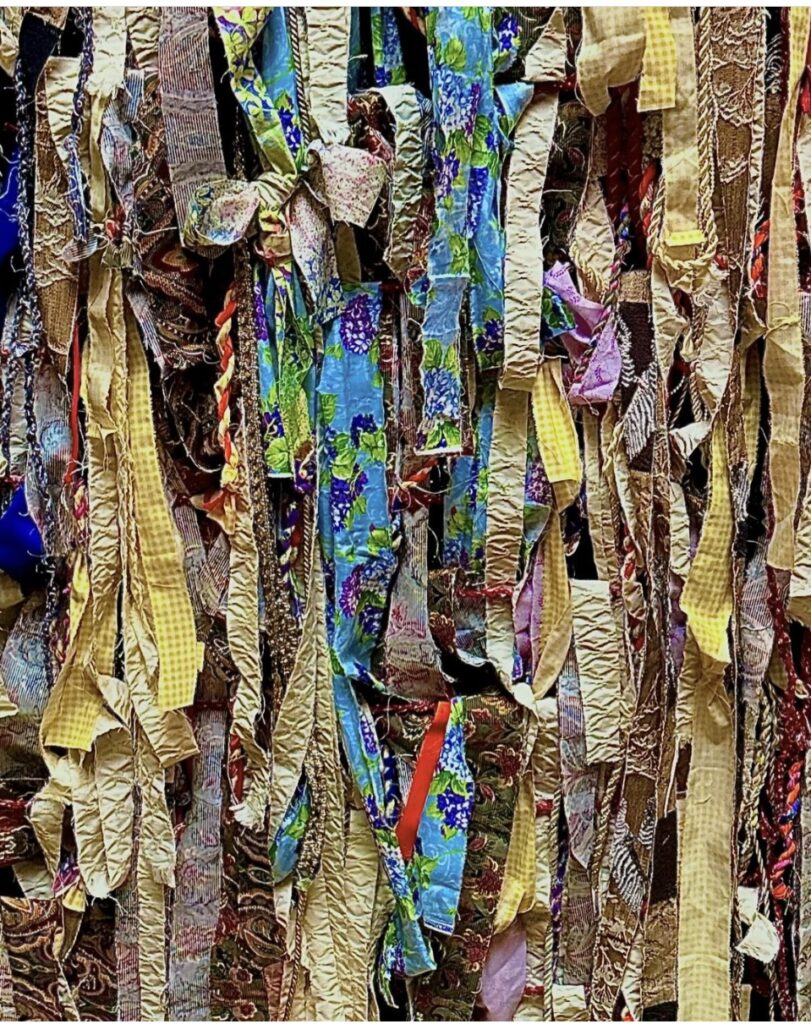
Building Trust and Openness
The culture bearer team fostered an environment of trust and openness, essential for the success of the project. Veterans and civilians shared their experiences and connected on a deeper level, creating a safe space where everyone felt valued and heard.
Sharing Culture: Renowned local storyteller Kim Marcus guided the group, sharing stories and rituals from the Serrano and Cahuilla tribes. Participants engaged in crafting sacred objects like rattles and sacred arrows, grounding themselves in cultural practices and setting a tone of intimacy and creativity.
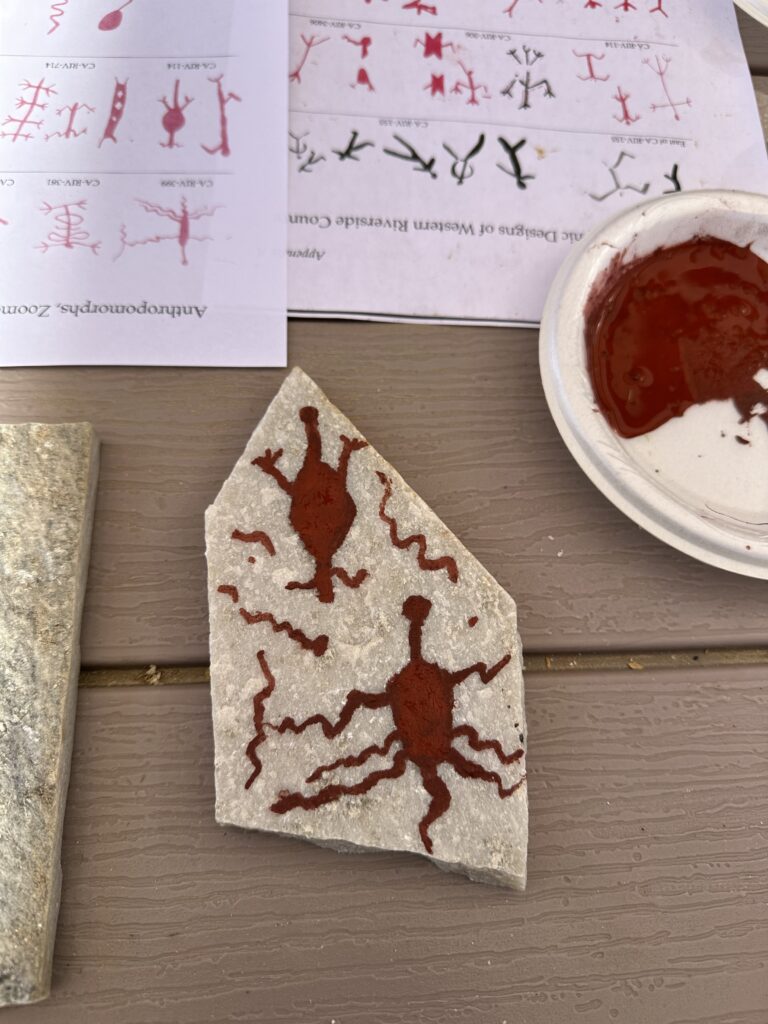
Training and Capacity Building
An important aspect of the retreat was to build our own culture bearer expertise within Mil-Tree to ensure sustainability and reduce reliance on external experts, who are often in high demand.
Timeline
The retreat spanned three days, from Friday evening through Sunday. We had 30 participants in attendance for days one to two. Special care was given to ensure a minimum of half of the participants were veterans. The creative team was in attendance for all three days.
Holding a Retreat in Your Community
The retreat is an opportunity for participants to share their stories, be heard, and connect with each other on a deep level. The values and stories that came out of our veteran retreat are universal and communities can use our script without needing to write their own.
Even if you use our script, you will still want to have a retreat, as important bonds are forged during this activity, and it represents a significant opportunity for healing.
The stories shared in your retreat may yield specific commonalities not found in the Tapestry script. In this case, you can adapt the script to best represent the voice of your specific community.
